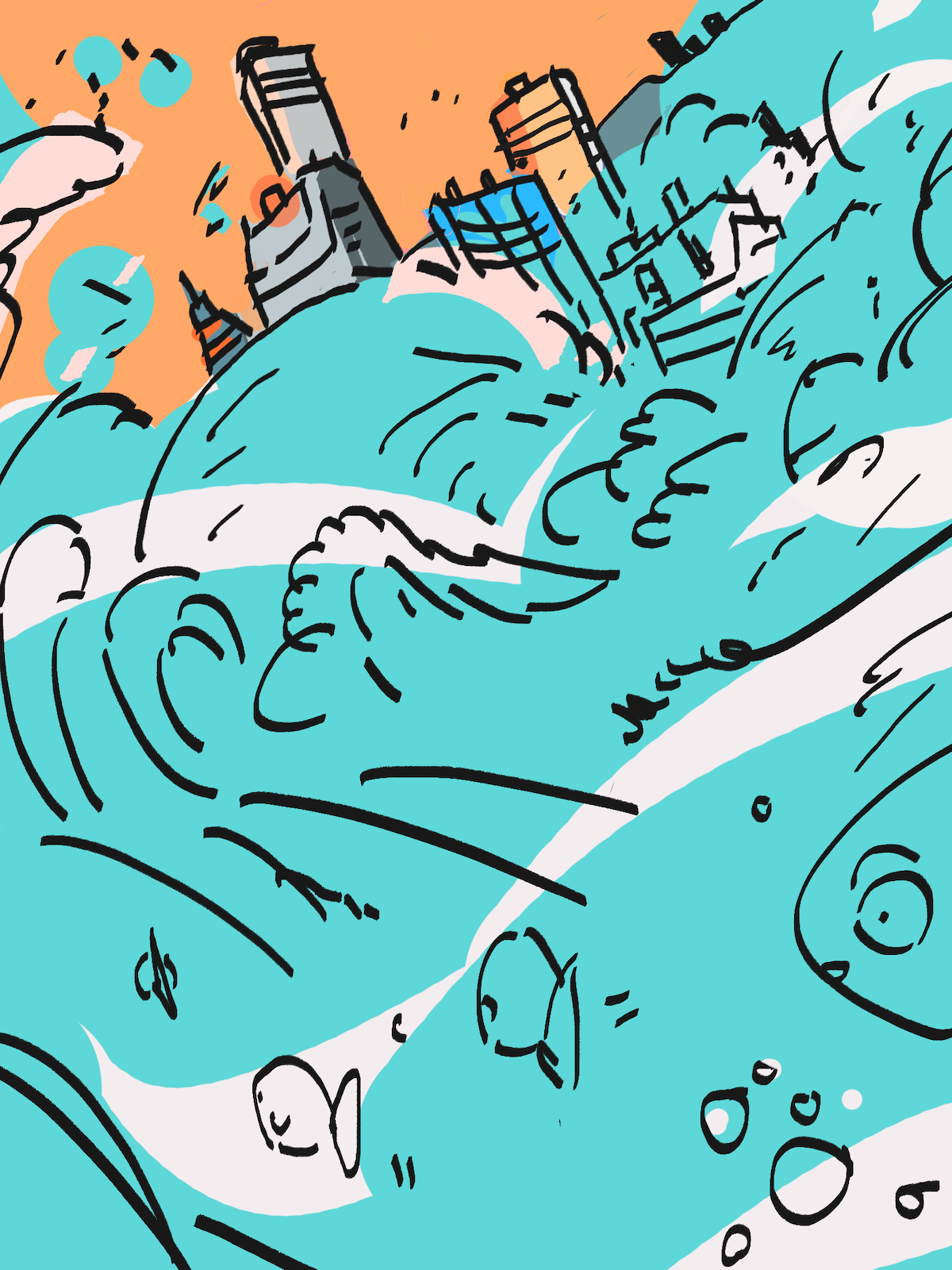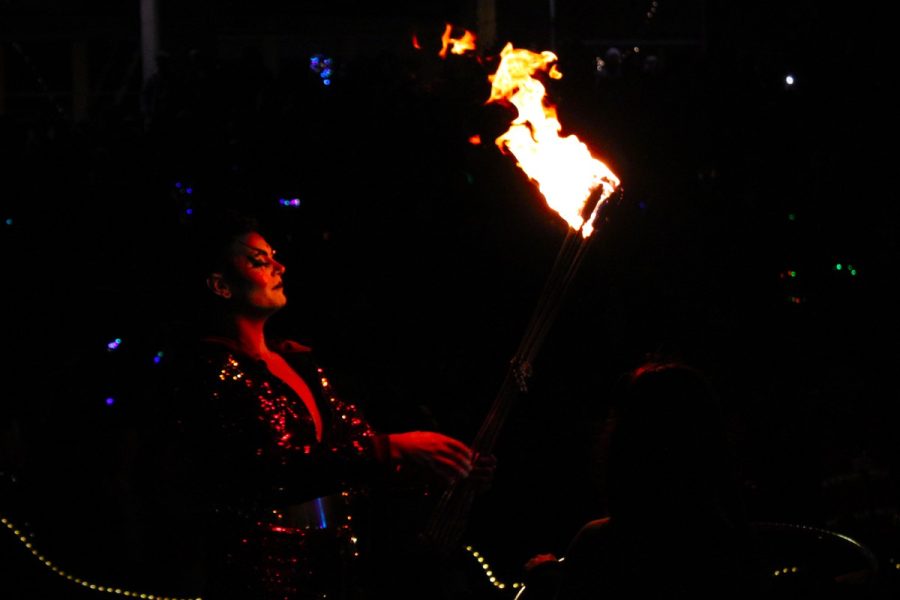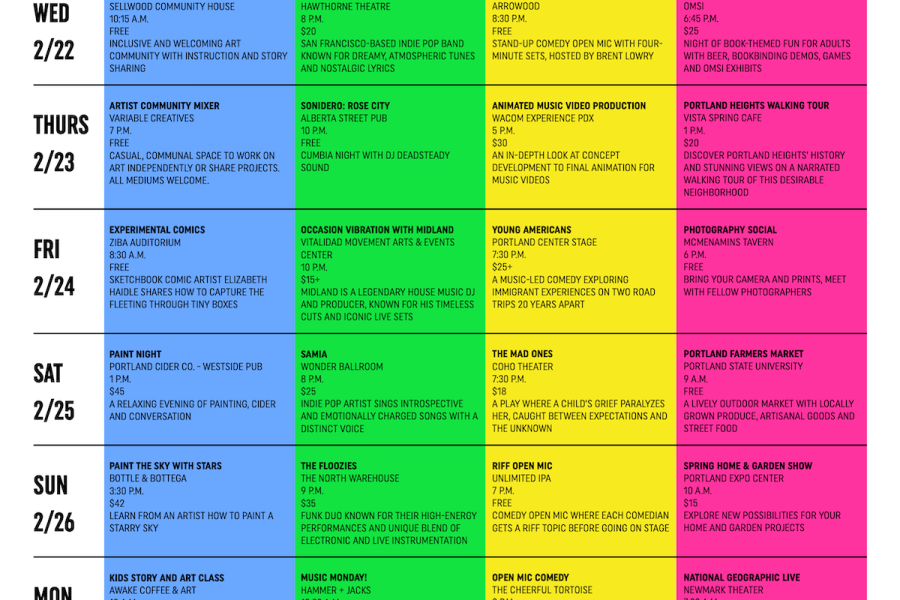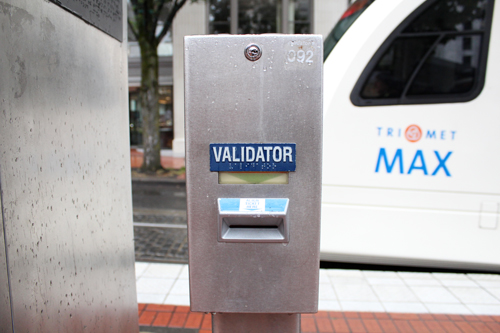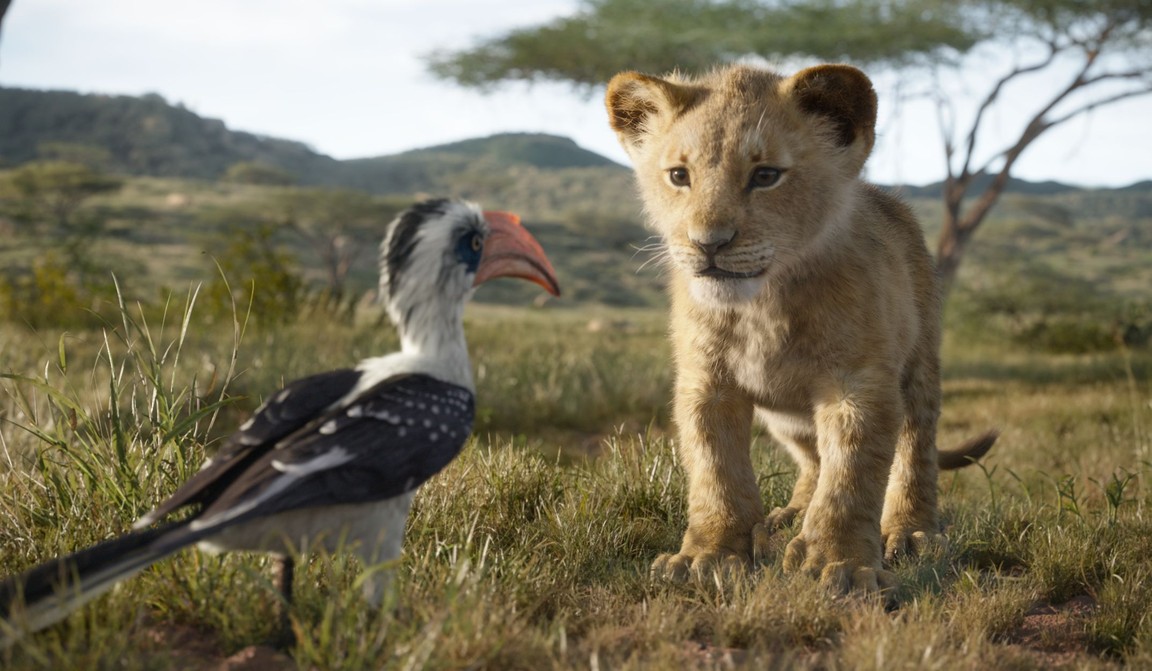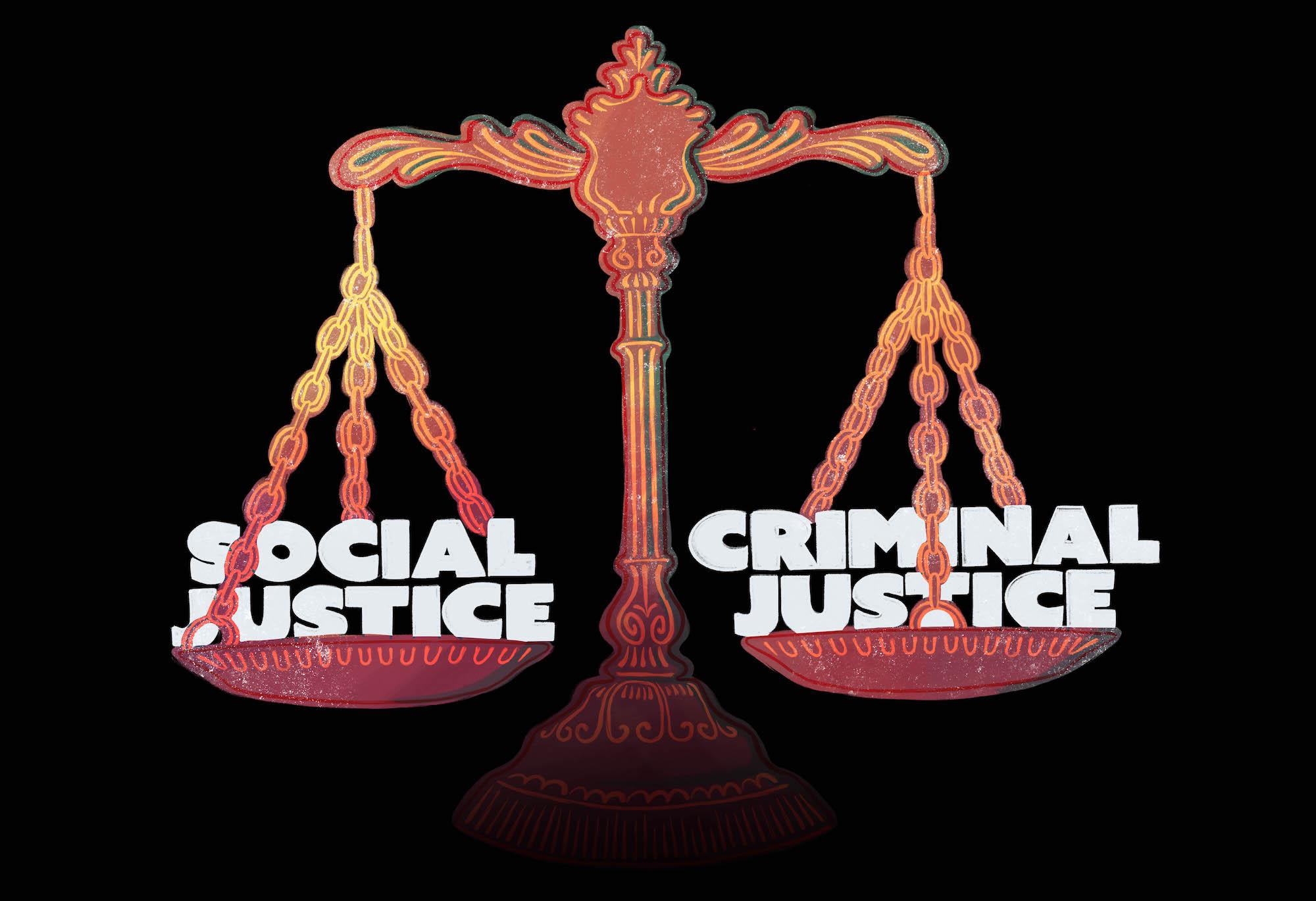As the frequency and severity of natural disasters, human-made crises and other emergencies continue to increase, it is important now more than ever for communities to be prepared. In response, Portland State offers an Emergency Management and Community Resilience non-degree professional certificate—a program that provides students with the knowledge and skills needed to help communities prepare for, respond to and recover from emergencies, making them an essential part of building resilient communities. In this article, we will take a closer look at what an emergency management program entails.
Portland State Vanguard spoke to Dr. Brianne Suldovsky, Assistant Professor of Science, Risk and Environmental Communication in the communication department of PSU, who studies public perception of science. “We created it [the program] several years ago… the goal of the program is to bring all of these disciplines that are risk-disaster relevant together because as you know, climate change is very complex, environmental risks are complex and responding to them thus is very hard,” Suldovsky said. “And it’s hard to do it with just a single disciplinary perspective. You have a mix of like, social science, biophysical science… geography, hydrology, air quality… there are like all these sciences from social to biophysical sciences that are relevant for how we prepare for, respond to and recover from disasters. And so the program is to kind of bring all those disciplines together and train people—it’s a graduate program so it trains people at the master’s level to have this interdisciplinary perspective on how to increase community resilience in the face of environmental emergencies.”
Vanguard asked Suldovsky about how the program came to be. “In the initial conversation, Stephen Percy wasn’t president yet—it was before he became president,” Suldovsky said. “He was a big champion of the concept and then our department got brought in, Dr. Lauren Frank and I in communication got brought in for that risk communication piece… so Stephen Percy was a big reason why it got started and was successful for sure.”
Vanguard also asked if there are any other similar programs at other institutions. “I think it’s the first,” Suldovsky said. “At least in the United States… Interdisciplinary programs generally are really rare. Most students, if you’re getting a degree—undergraduate degree or graduate degree, you’re doing it in one field… so this is really unique and truly is interdisciplinary. Students are taking classes from comm, they’re taking classes from anthropology, they’re taking classes from public health—all these different disciplines that students get to take classes from to earn their degree, which is incredibly unique. It’s the only one I’m aware of, at least in the U.S.”
The program is brand new, but is ongoing. “Last year was our first year of our first cohort… the first kind of batch of students that are earning their degrees in EMCR will graduate soon this year,” Suldovsky said.
The program took a while to prepare, and did face some challenges during that process. “It took a couple years to get it going,” Suldovsky said. “But I believe we started really putting it all together in 2018… the biggest challenge is getting a bunch of disciplines together to solve a problem or to create something.”
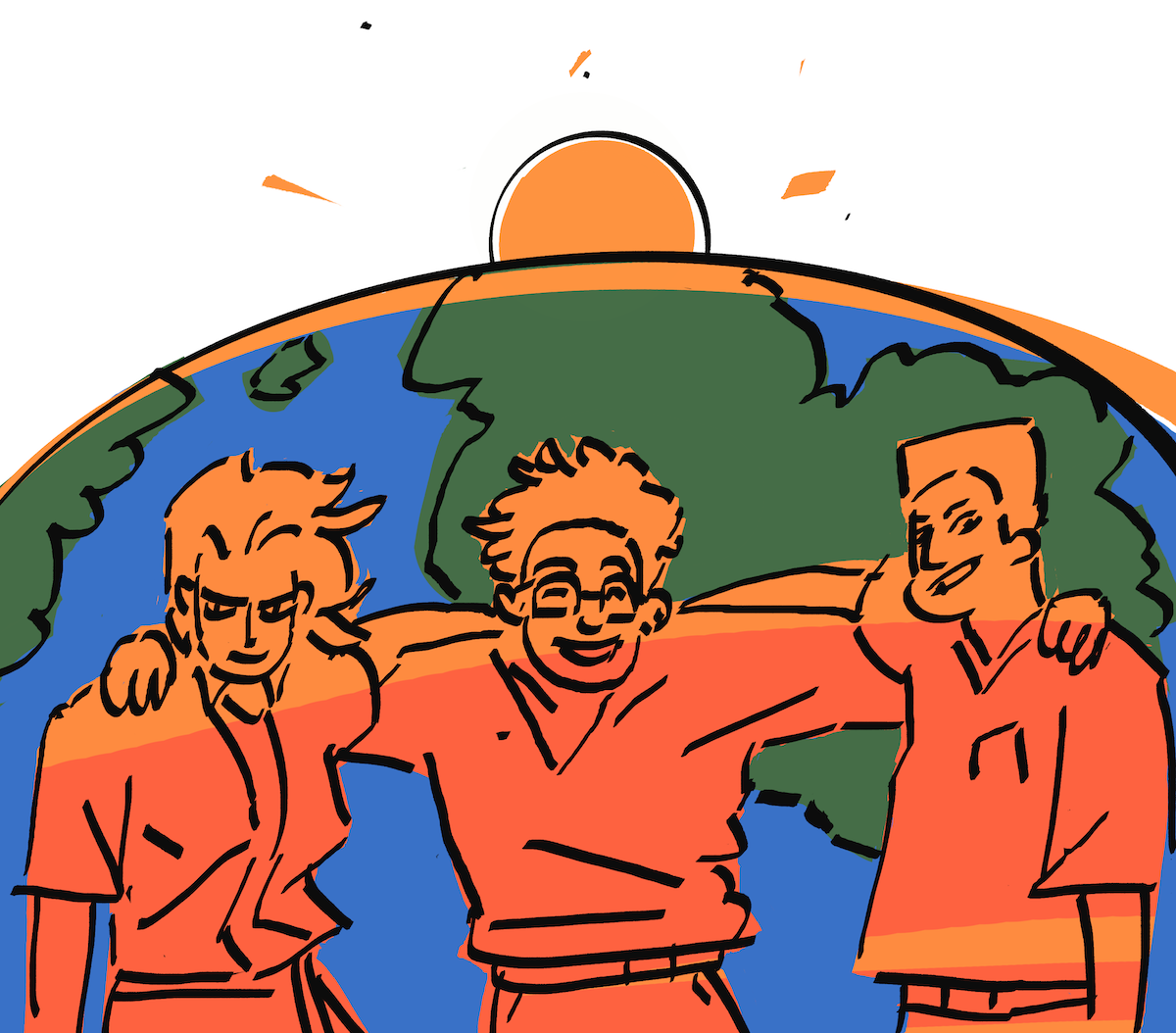
Suldovsky said that one of the program’s greatest strengths—its interdisciplinary nature—was also one of its greatest challenges in putting it together.
“It’s always a challenge, because each discipline has its own language, its own views on disasters,” Suldovsky said. “We’re all kind of existing in our own tiny little disciplinary bubbles… even something that seems really simple, like ‘how do you define resilience?’ is like different for every single discipline, and so when you’re combining all those perspectives and trying to create a cohesive program… it can be challenging.”
Vanguard asked Suldovsky why she thought the program would be worthwhile to PSU students.
“To me the biggest selling point is like, disasters are something none of us can avoid—I mean, I think [COVID-19] has certainly really taught us that,” Suldovsky said. “Even global scale, local scale, whatever the case may be, we face risks and hazards all of the time, from flooding, to climate change, to extreme heat, to wildfire smoke—I mean even just in Portland, in the last three years I can think of like five things that we’ve had to deal with in like the natural hazards realm.”
“On an individual level, the ‘so-what-who-cares?’ is having a better understanding of how hazards and disasters work in communities and personally knowing how they work can help you be more prepared, certainly,” Suldovsky said. “How can we equip our communities to be more resilient and to be able to kind of not only prepare for disasters but go through them and bounce back from them—in the response and recovery phase of disasters, how can we help our communities be more resilient?” Suldovsky described the program as “helping communities respond to scary things.”
“We can save people’s lives, we can make sure that the hazards we know that we cannot avoid don’t end up doing more damage than they have to,” she said.

